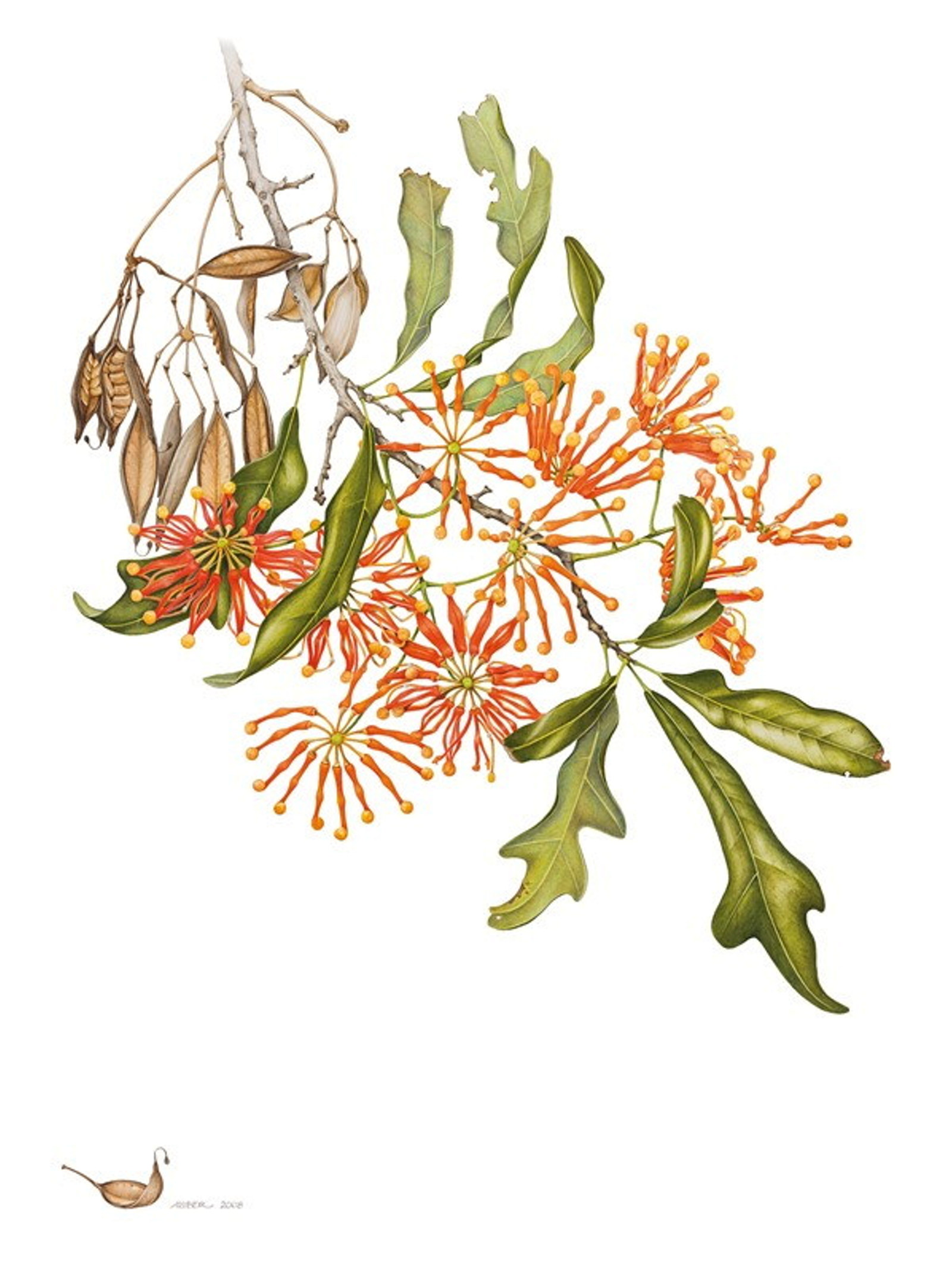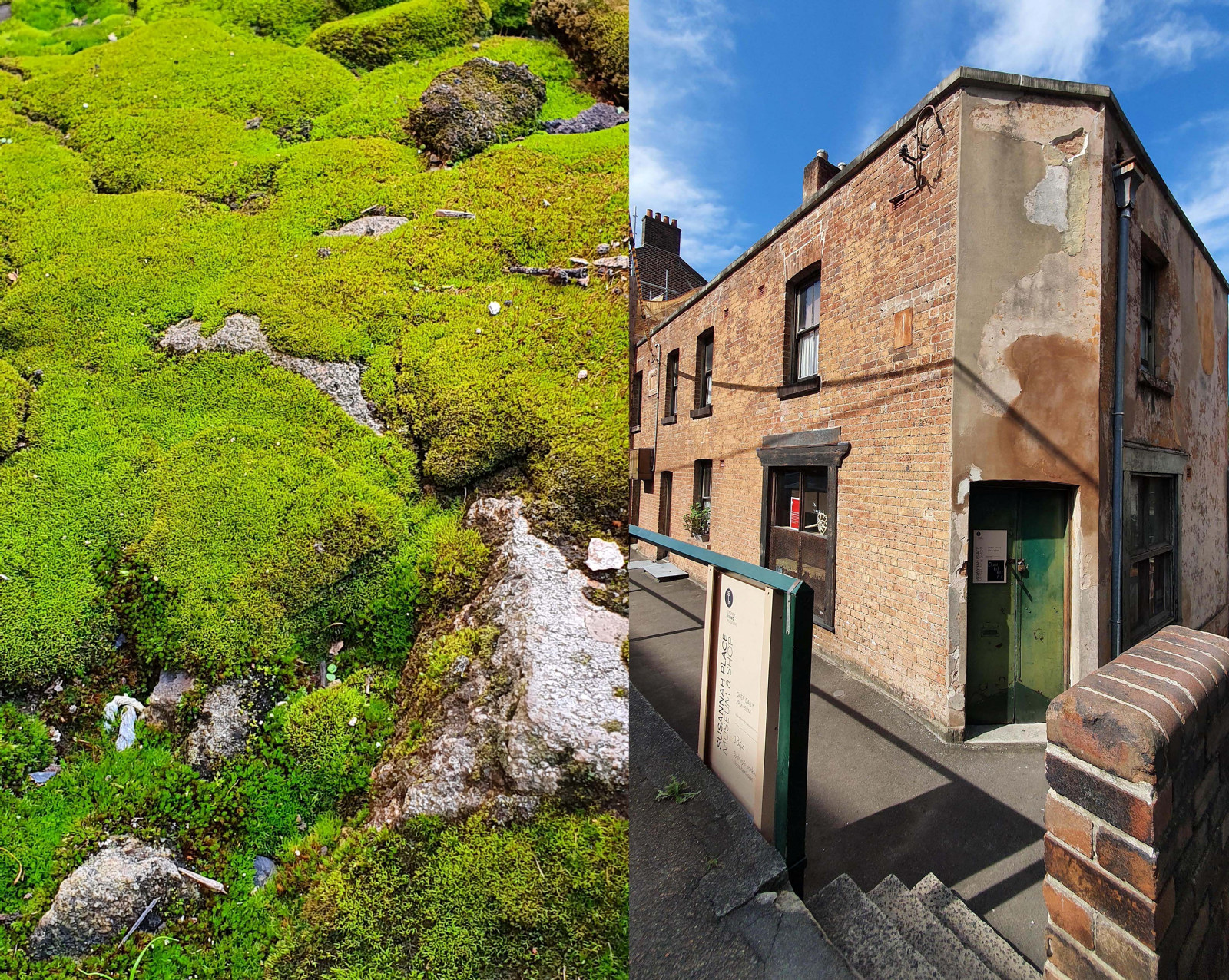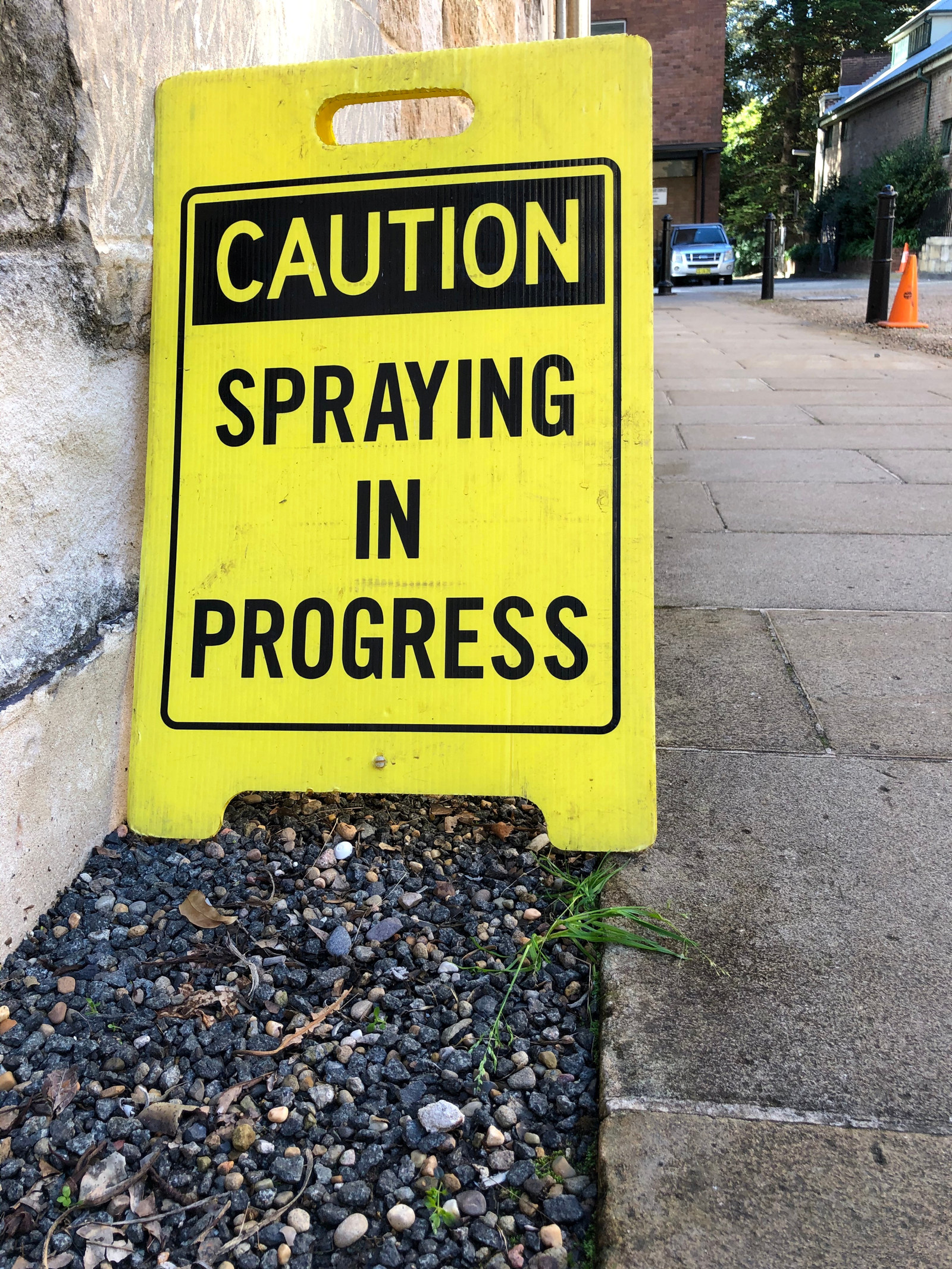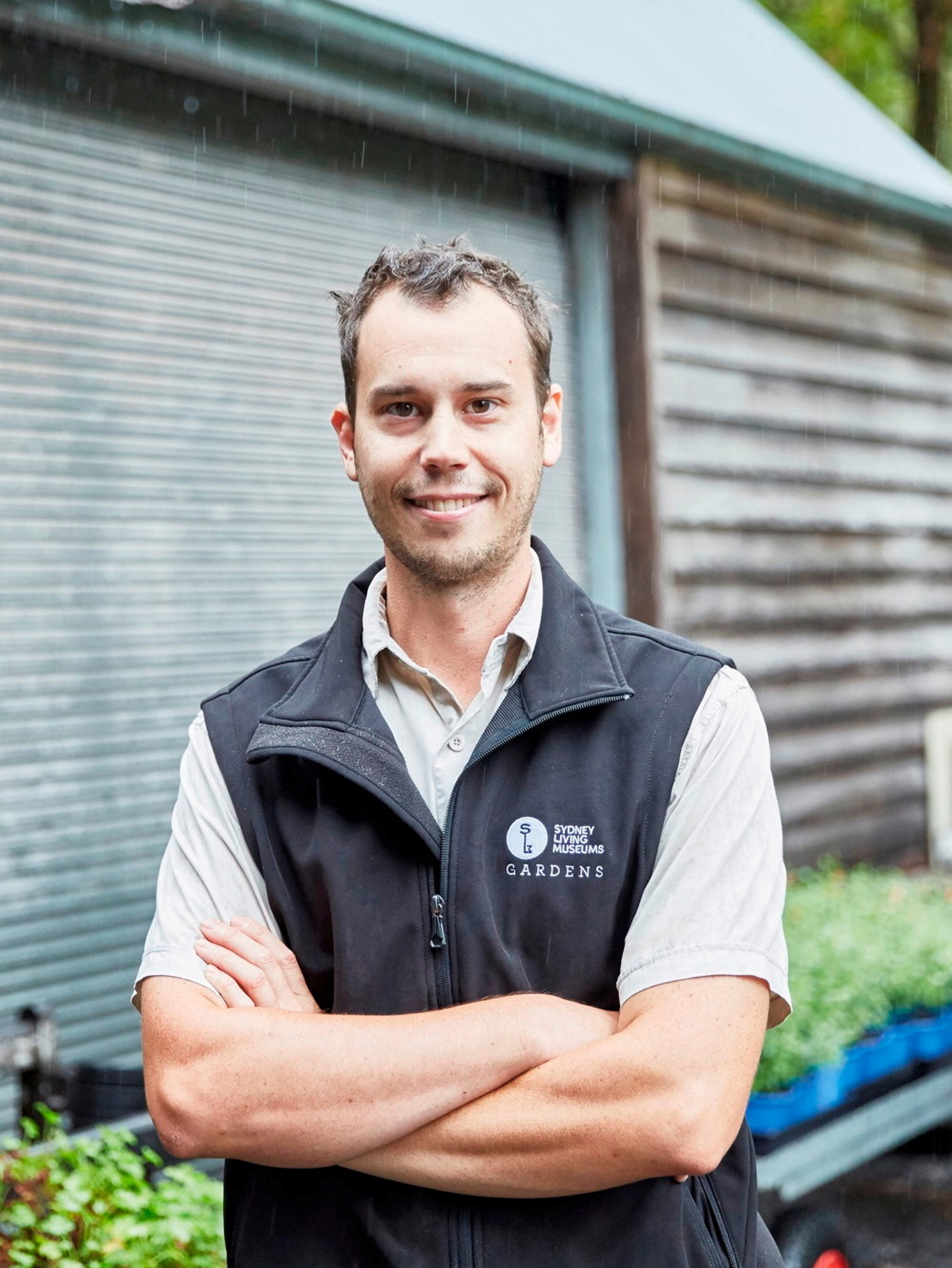Garden renovations at Meroogal
Located in the south coast town of Nowra, Meroogal was once home to four generations of women from the Mackenzie and Thorburn family. It is the outermost property that the Gardens Team maintains in the MHNSW portfolio.
Meroogal is one of the properties I wish we visited more often as it has a fantastic suburban garden surrounding a beautiful house; however the distance becomes our biggest barrier. Fortunately we have local a garden team staff member who lives nearby and tends to its garden and lawns weekly.
During November 2016 we visited Meroogal for two days to undertake a much-needed garden renovation. On the morning of our arrival we were greeted by the fantastic and iconic purple glow of the flowering jacarandas that frame the property. The aim of our visit was to renovate the tired and overgrown garden beds that lie just behind the front white picket fence. Since they were replanted in the early 1980s the beds had become far too busy, with the bulbs especially becoming overcrowded and herbaceous plants needing thinning out. This clean-out will encourage new growth and improve soil conditions by providing more space and incorporating new organic matter.
The garden beds were becoming over-run by Montbretia (Crocosmia x crocosmiiflora) and Dutch clover (Trifolium sp), both beautiful flowering plants, which easily spread and become weeds. The orange-flowered Montbretia grows from an underground corm (they look like flattened bulbs) and the clover has tiny bulbs that require careful removal to ensure they do not return.
Our first job was to decide which areas could be left alone, what needed to be removed, and what needed thinning out and re-planting. With the established shrubs and trees such as the roses, we followed the ‘3-Ds’ rule, which is to remove Dead, Damaged or Diseased limbs, branches and foliage. The six of us then got started along the garden beds, focusing on a metre or so at a time digging up the dense clumps of Iris, Acanthus, Hellebores, bulbs and various other plants. The clumps were then separated, and the roots and foliage trimmed and grouped for replanting.
I began on a patch filled with Oyster plant (Acanthus mollis) and bearded Iris, carefully digging up the plants whilst also removing the unwanted weed bulbs and corms mentioned before. After everything was replanted it looked quite bare – even alarmingly so, but I have faith that the evergreen plants will spring back quite quickly and the perennials will flower even more generously.
Most of the plant varieties we deal with in historic gardens are very hardy (some had to be to survive this long!) and can take the sometimes harsh treatment Sydney's climate and we give them - in fact many of them even thrive on it!
I always wonder why a lot of the plants we care for have fallen out of fashion in the plant world, as they are some of the easiest plants to grow.
Published on
Plant your history
Browse all
Florilegium plants
A gathering of flowers: the Florilegium collection
Finely detailed botanical artworks reveal the range of plants introduced to Sydney’s gardens over the past 200 years

Plant your history
A mossy analogy for Susannah Place: small but mighty
Mosses are everywhere! They are small, mighty, unsung and inhabit the most unusual places. They can be found in all our museum outdoor spaces if one looks closely enough

Plant your history
A new weapon in the war on weeds
A black and yellow sign warns me there is “Spraying in Progress”, and I wonder for a moment why no one is wearing a mask, or even gloves. But the dangerous looking mist enveloping these men is not what it seems

Plant your history
Acanthus - an apt symbol for The Mint
Look at any classical building today, anywhere in the world and chances are you will find an acanthus leaf lurking somewhere
